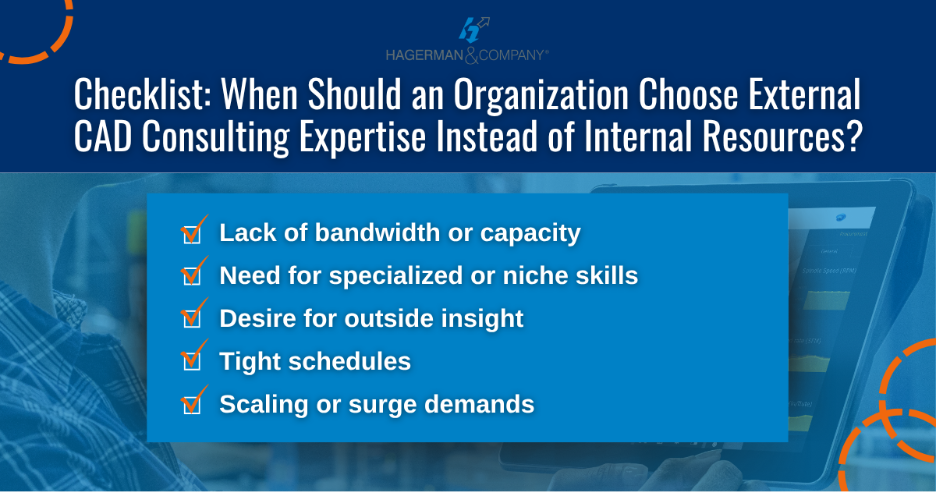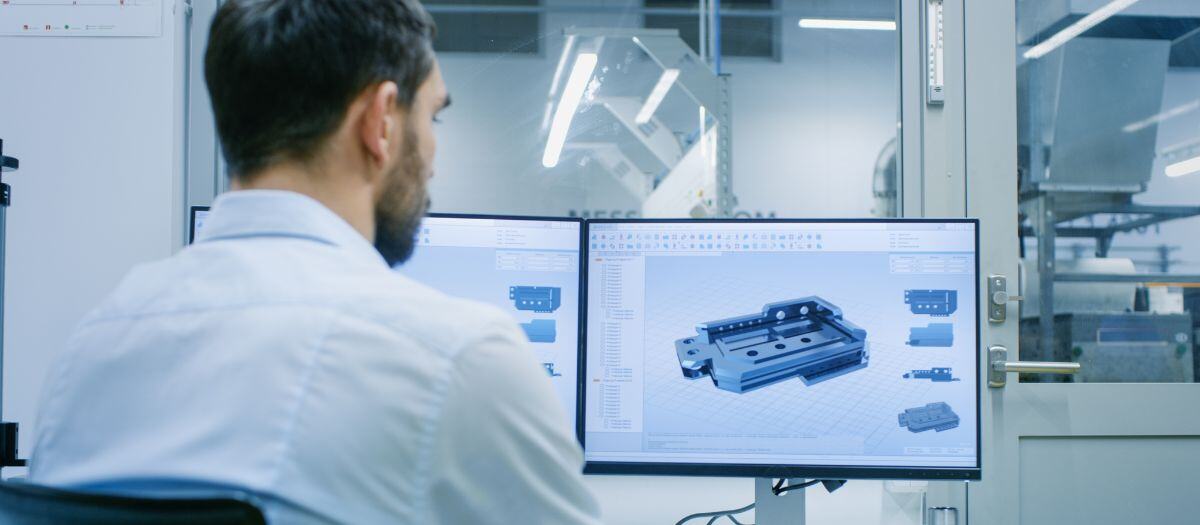Migrating from legacy CAD systems to modern platforms is rarely simple. Older files may use outdated standards, contain inconsistent data, or exist across multiple locations, making the process time-consuming and risky. CAD consultants bring structure and expertise to this challenge, helping organizations transition to modern tools with minimal disruption.
In this article, you’ll learn why migrating legacy CAD data is so difficult, what makes the shift to cloud-based platforms so beneficial, and how consultants help plan and execute migrations successfully. By the end, you’ll see why moving to solutions like cloud-based environments is a step toward a more efficient and collaborative process.
Why Legacy Data Migration Is Difficult
Legacy CAD environments often contain years of accumulated files and standards. Problems include:
- Inconsistent file naming and metadata practices
- Outdated or unsupported drawing formats
- Large data volumes spread across disconnected systems
- Difficulty integrating with new platforms, including AutoCAD cloud-based workflows
Without a structured plan, these issues can derail a migration project and create bottlenecks that slow productivity.
Why Moving to the Cloud Matters
Shifting away from legacy systems to cloud-based CAD isn’t just about keeping up with technology; it’s about enabling the way modern teams work. Cloud platforms provide:
- Centralized access: Teams can work from anywhere, with the latest files always available and version-controlled.
- Better collaboration: Cloud systems allow multiple users to view, edit, and markup designs simultaneously.
- Scalability: As projects and teams grow, cloud-based CAD software can expand without the limits of on-premise servers. Cloud-based solutions offer real-time updates of new features versus waiting for a yearly update or a service patch.
By making the shift now, organizations not only improve their daily workflows but also set themselves up for long-term success in a connected, digital-first environment.
How Consultants Help
CAD consultants use proven methodologies to make migrations smoother and safer. Their support typically includes:
- Data assessment and cleanup: Identifying redundant or outdated files, standardizing metadata, and validating quality before migration.
- Migration planning and execution: Defining workflows for transferring data into systems like Autodesk’s Vault, Fusion, and Construction Cloud.
- Compatibility checks: Ensuring older formats are converted without errors and remain usable in new platforms.
- System integration: Connecting CAD data to PLM, ERP, or document management systems so the new environment is fully integrated.
- User onboarding and training: Supporting teams as they adapt to cloud-based CAD software, including AutoCAD’s collaboration tools.
Building for the Future
With consultant support, migrations become more than a file transfer—they’re an opportunity to modernize. By moving from legacy systems to cloud-based CAD, organizations gain centralized access, stronger collaboration tools, and scalable performance that legacy platforms can’t deliver.
At Hagerman & Company, our CAD Consulting Solutions have guided many organizations through successful data migrations, helping them move confidently into optimized and cloud-enabled environments.




Comments